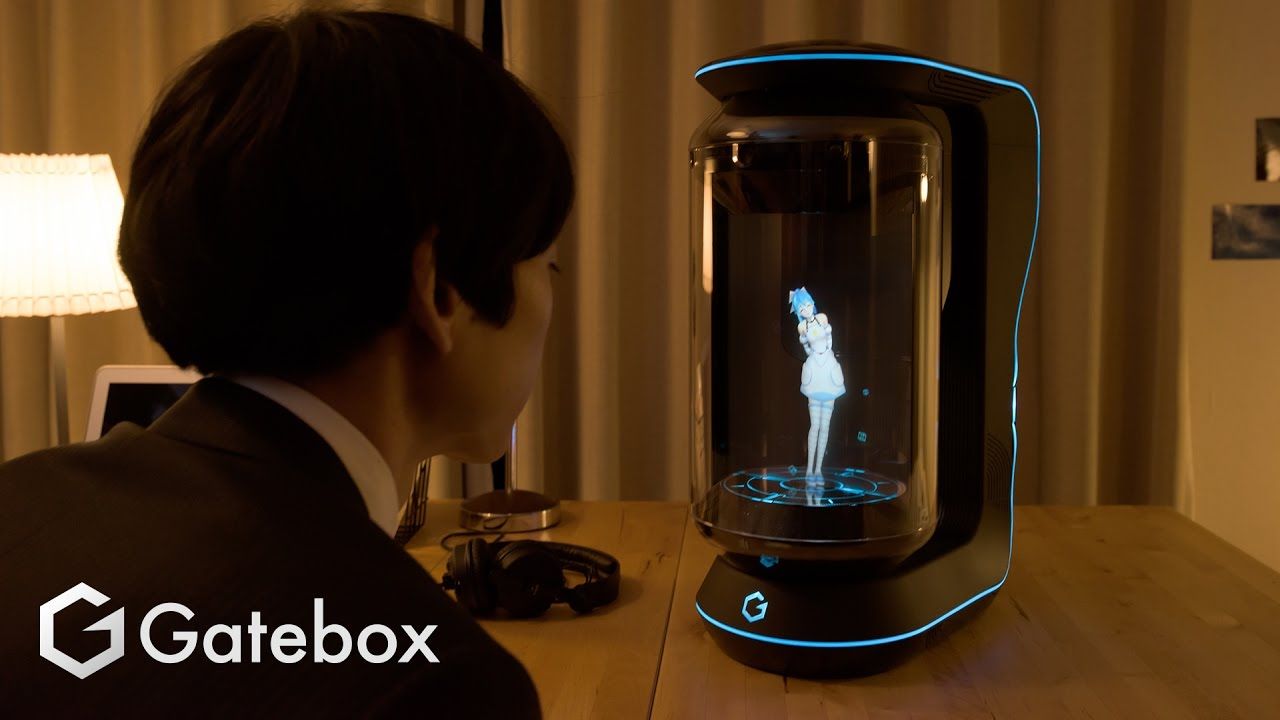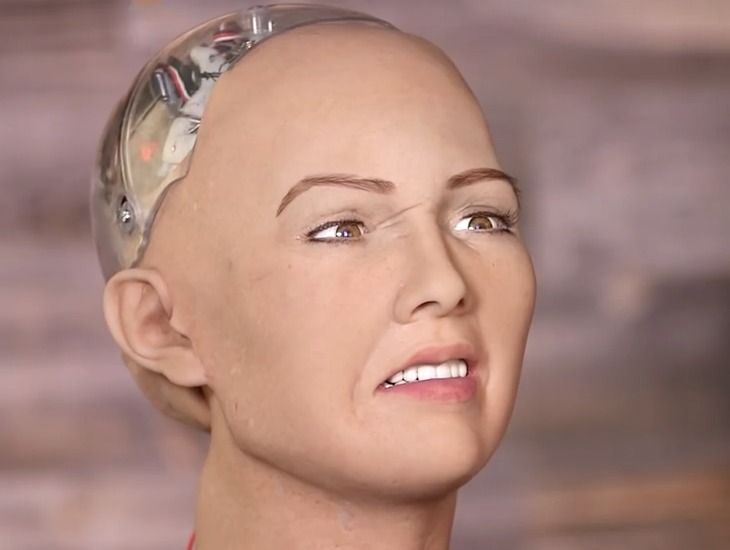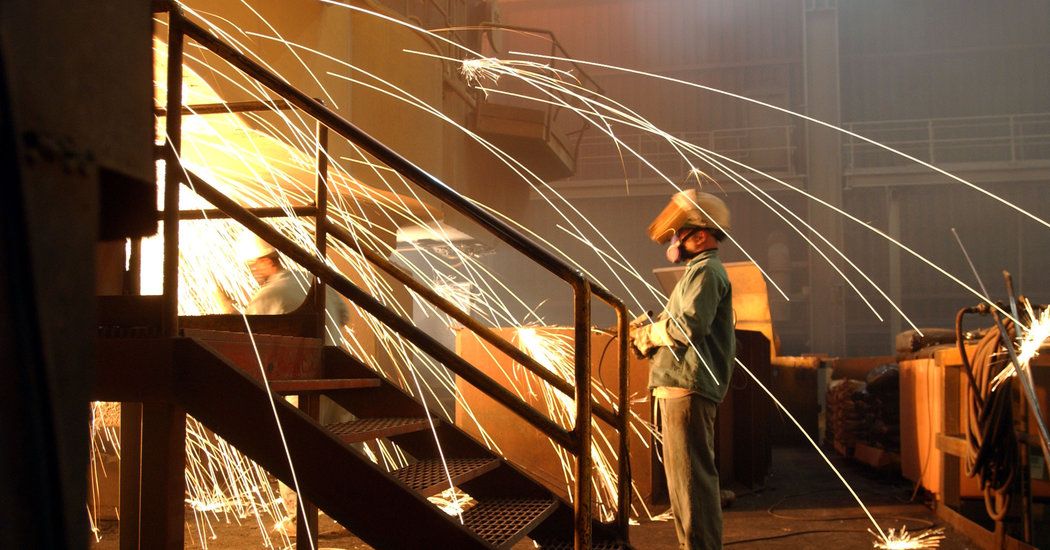
Even in the best case, automation leaves the first generation of workers it displaces in a lurch because they usually don’t have the skills to do new and more complex tasks, Mr. Acemoglu found in a paper published in May.
Robert Stilwell, 35, of Evansville, Ind., is one of them. He did not graduate from high school and worked in factories building parts for tools and cars, wrapping them up and loading them onto trucks. After he was laid off, he got a job as a convenience store cashier, which pays a lot less.
“I used to have a really good job, and I liked the people I worked with — until it got overtaken by a machine, and then I was let go,” he said.
According to her profile, “She is a comforting character that is great to those living alone. She will always do all she can just for the owner.” How thoughtful and sweet. Except she comes with a $2,600 price tag (and her US version will be sold for $3,000). So, caring for her “owner” is the least she can do, right?
The hologram bot is based on a Japanese anime character, but she isn’t going to be the only character for Gatebox. From the looks of the website, the company is going to make other characters available, presumably also from anime.
Azuma’s hologram appears inside the main tube body of Gatebox, projected at a 1280 × 720 resolution. The hardware itself weighs 5kg, has stereo speakers, a microphone, and a camera mounted on top. Azuma is built with a machine learning algorithm, that helps her recognize her “master’s” voice, learn his sleeping habits, and send him messages through Gatebox’s native chat app.
Perhaps Azuma will work for some, but she might not cut it for others — going home to a cartoonish AI hologram could take some getting used to. Anyway, Gatebox is certainly trying to disrupt the virtual assistant space. However, we still seem to be far from that holographic projection that we’re really be looking for.
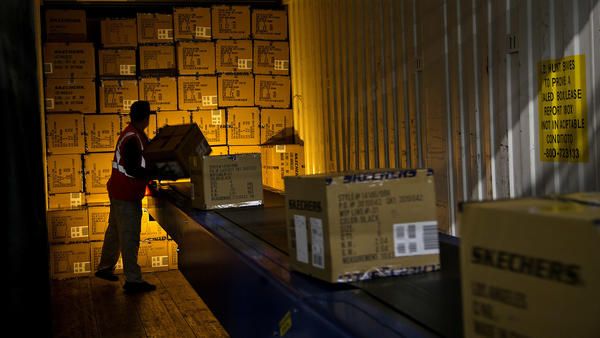
Big corporations prefer robots to human employees.
It’s a sign of things to come.
In the last five years, online shopping has produced tens of thousands of new warehouse jobs in California, many of them in Riverside and San Bernardino counties. The bulk of them paid blue collar people decent wages to do menial tasks – putting things in boxes and sending them out to the world.
But automated machines and software have been taking up more and more space in the region’s warehouses, and taking over jobs that were once done by humans. Today, fewer jobs are being added, though some of them pay more.

Elon Musk wants to launch a million people to Mars in the event some apocalyptic disaster eventually ruins Earth. And he wants it to be somewhat affordable — US $200,000 or less per person.
To that end the SpaceX CEO outlined his plan to colonise Mars on September 27, including how his Interplanetary Transport System (ITS) of rockets, spaceships, fuel pods, and other crucial components would get the job done.
Still, the full presentation at the International Astronomical Congress in Guadalajara, Mexico, barely scratched the surface.

The animals, some of which were cloned from the same tissue as Dolly, appeared as healthy as non-cloned sheep, a study suggests.
By: HQAnon / (AnonHQ) The evolution of humanoid robots is well into the concerning stage at this point. DARPA’s latest incarnation of its Atlas robot is seen in the following video beginning to walk at a pace with a sense of balance equal to most humans. Strangely, toward the end of the video, it is being “abused” by its human handler, which begs the question if a true artificial intelligence is permitted to flourish in this robot, if it might strike back at some point. At the very least, this robot’s demonstration of dexterity in the warehouse is likely to threaten humans economically as humans continue to be outsourced to machine labor at record levels.
But it’s the latest humanoid robot from Hanson Robotics that might further heighten the level of concern. As you will see below, the “Sophia” robot is being designed to walk among us in the future and fully integrate as part of the consumer experience and on into the family, according to CEO Dr. David Hanson.
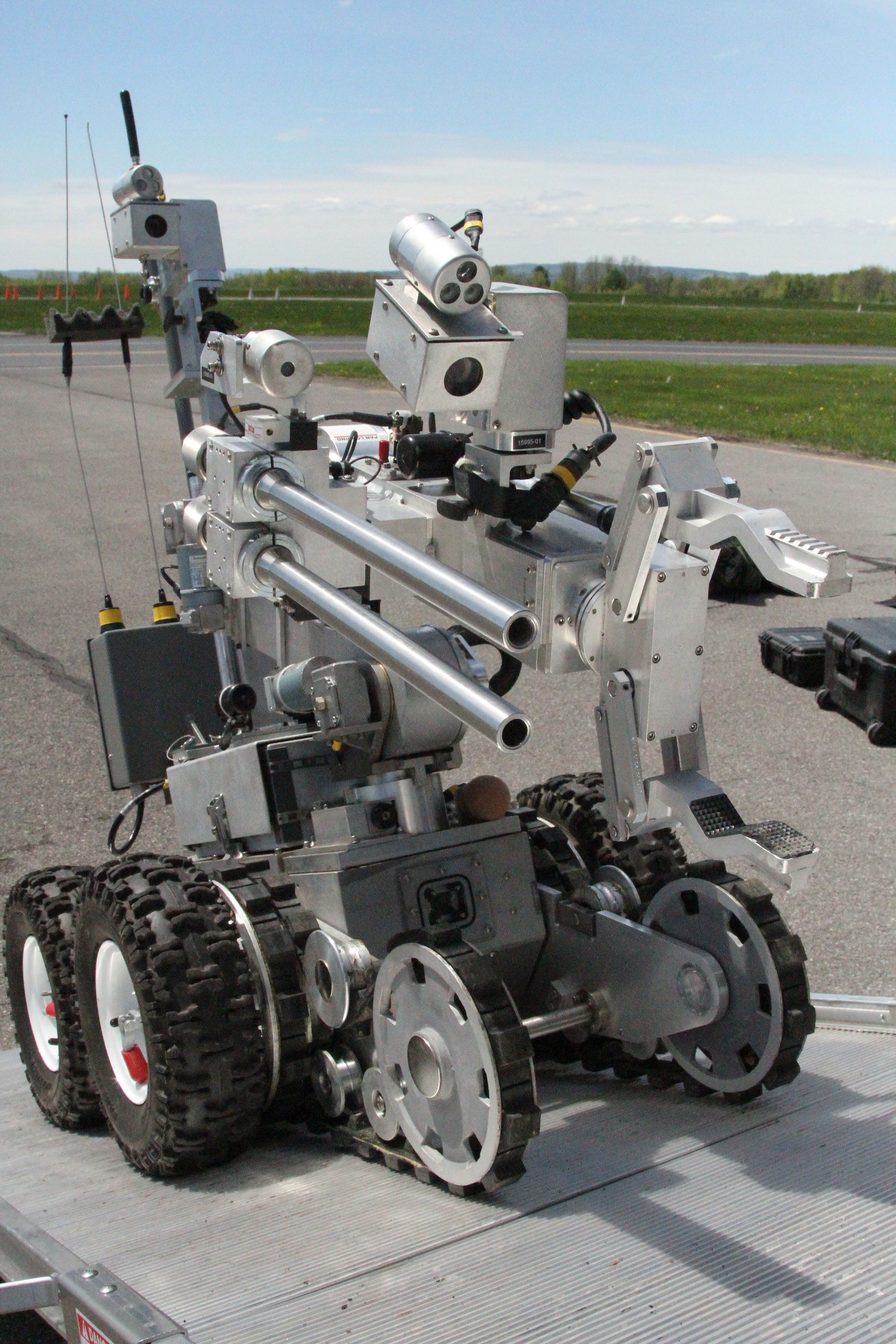
Potentially the first use of a robot to kill in American policing.
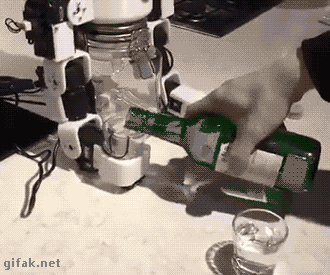
Now, that’s a robot!
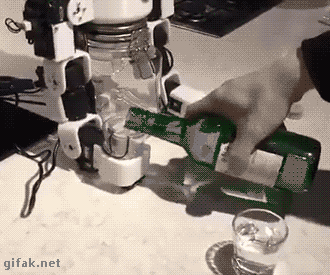
Now, that’s a robot!
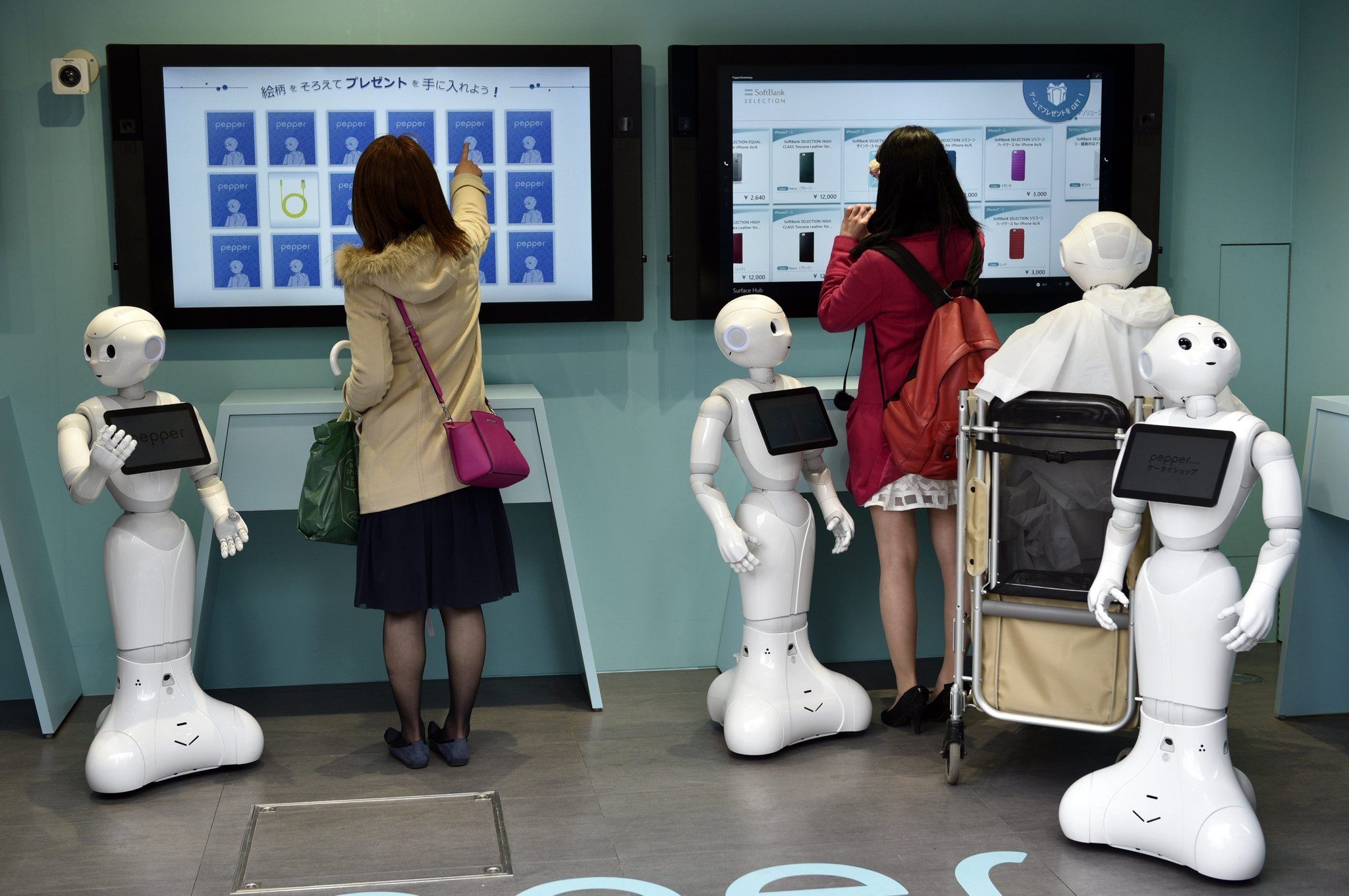
Companies that sell personal data should pay a percentage of the resulting revenue into a Data Mining Royalty Fund that would provide annual payments to U.S. citizens, much as the Alaska Permanent Fund distributes oil revenues to Alaskans.
A viral video released in February showed Boston Dynamics’ new bipedal robot, Atlas, performing human-like tasks: opening doors, tromping about in the snow, lifting and stacking boxes. Tech geeks cheered and Silicon Valley investors salivated at the potential end to human manual labor.
Shortly thereafter, White House economists released a forecast that calculated more precisely whom Atlas and other forms of automation are going to put out of work. Most occupations that pay less than $20 an hour are likely to be, in the words of the report, “automated into obsolescence.”
